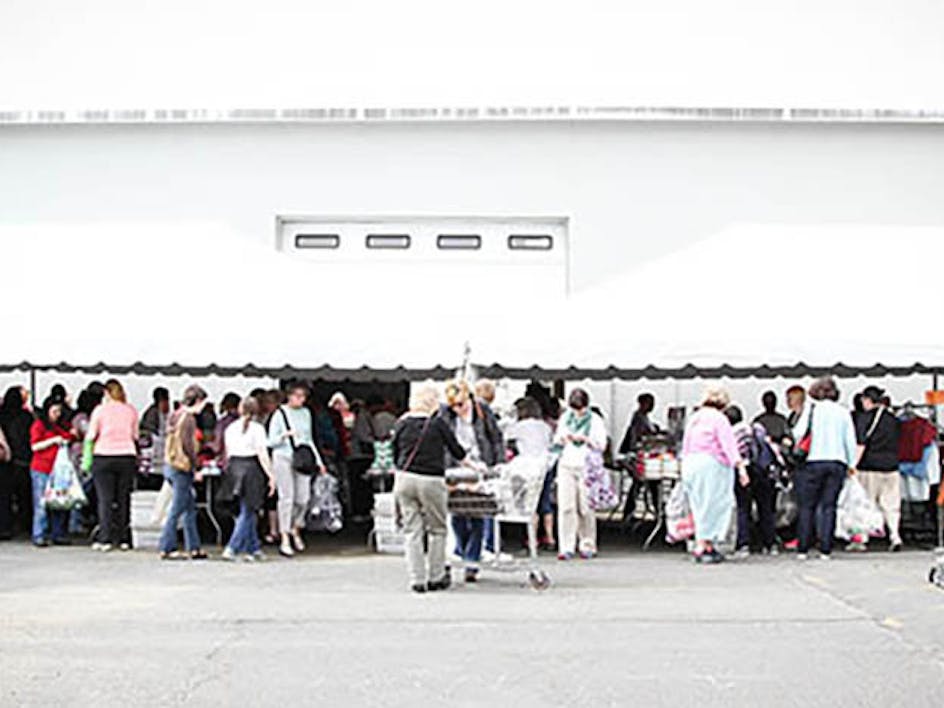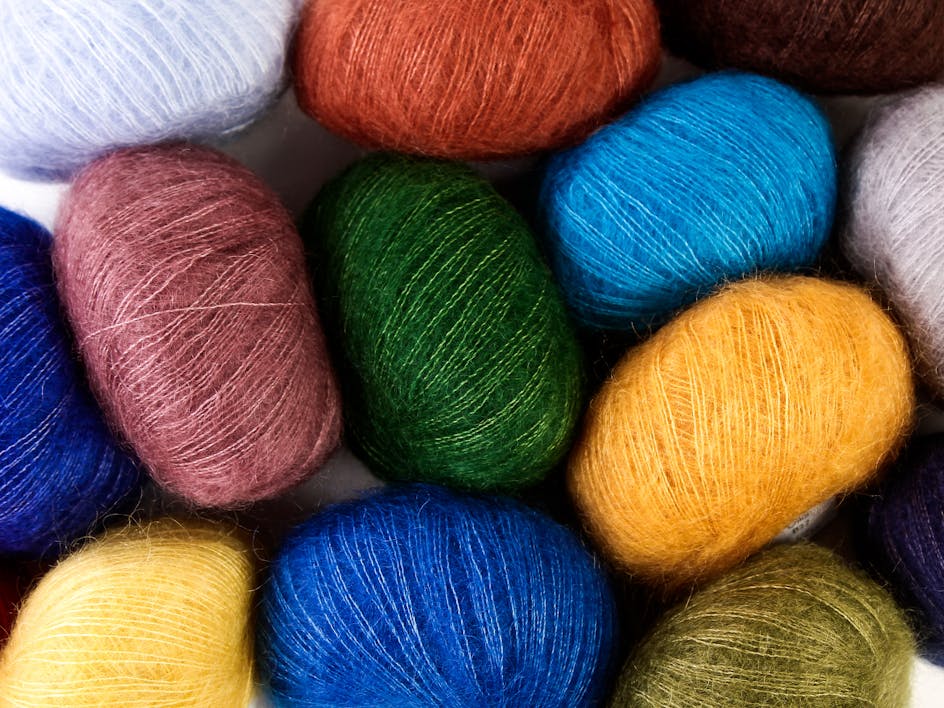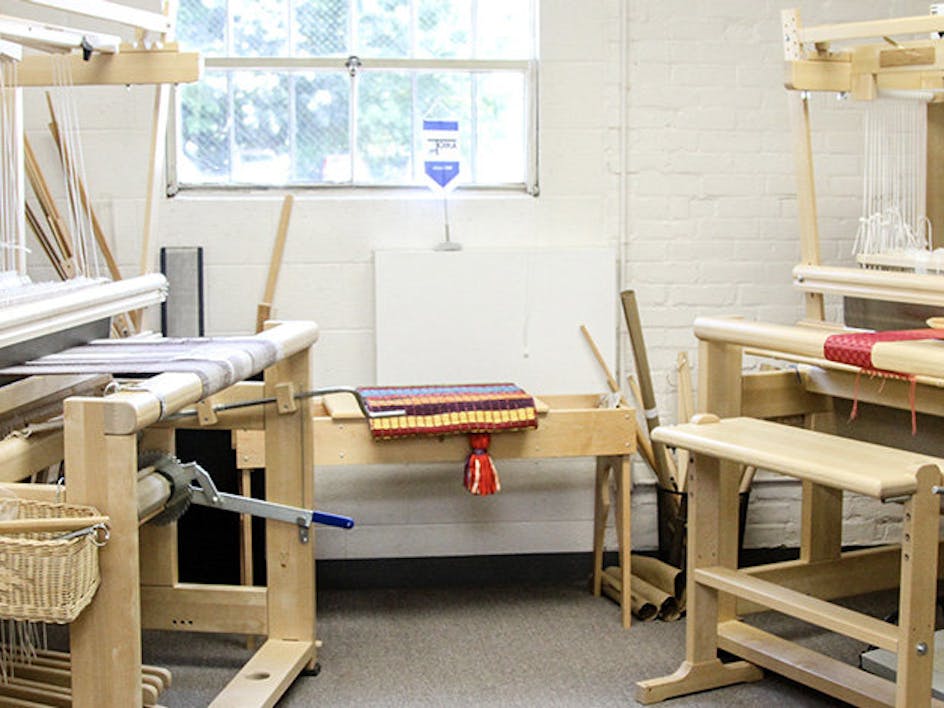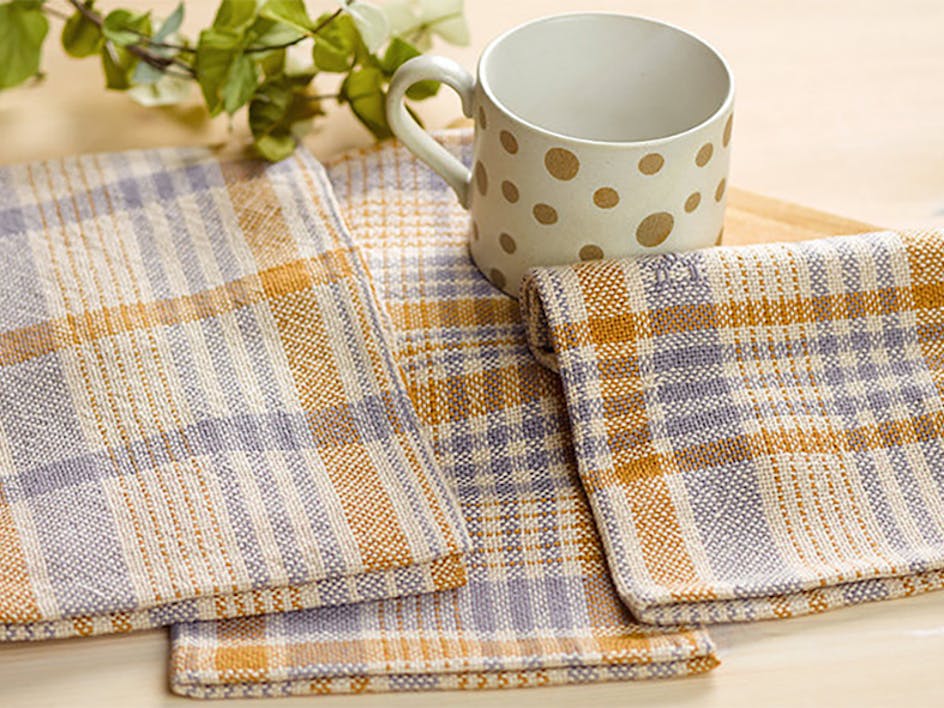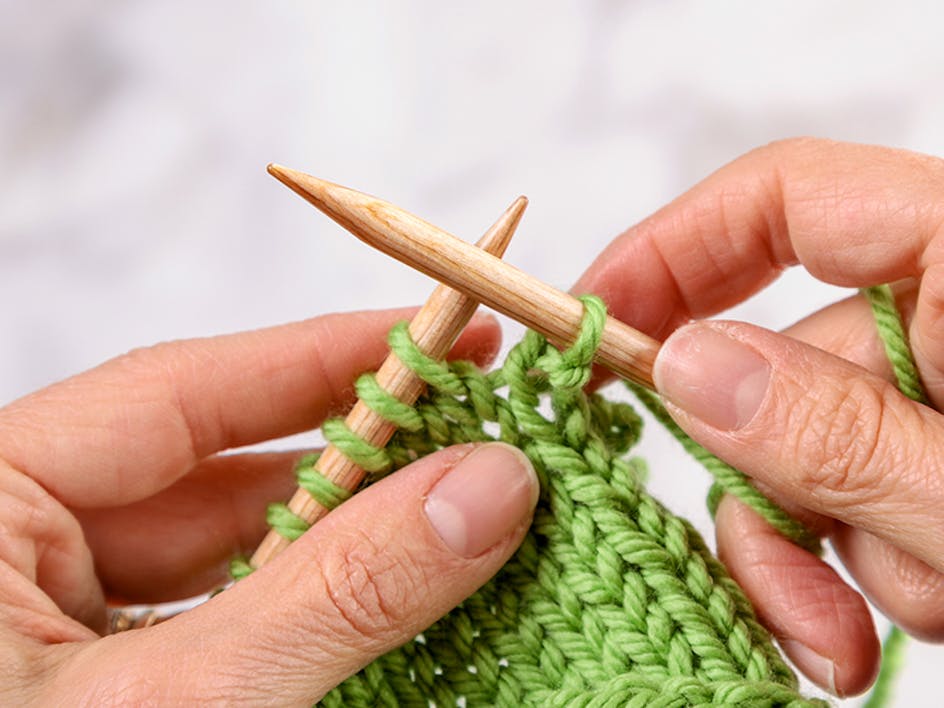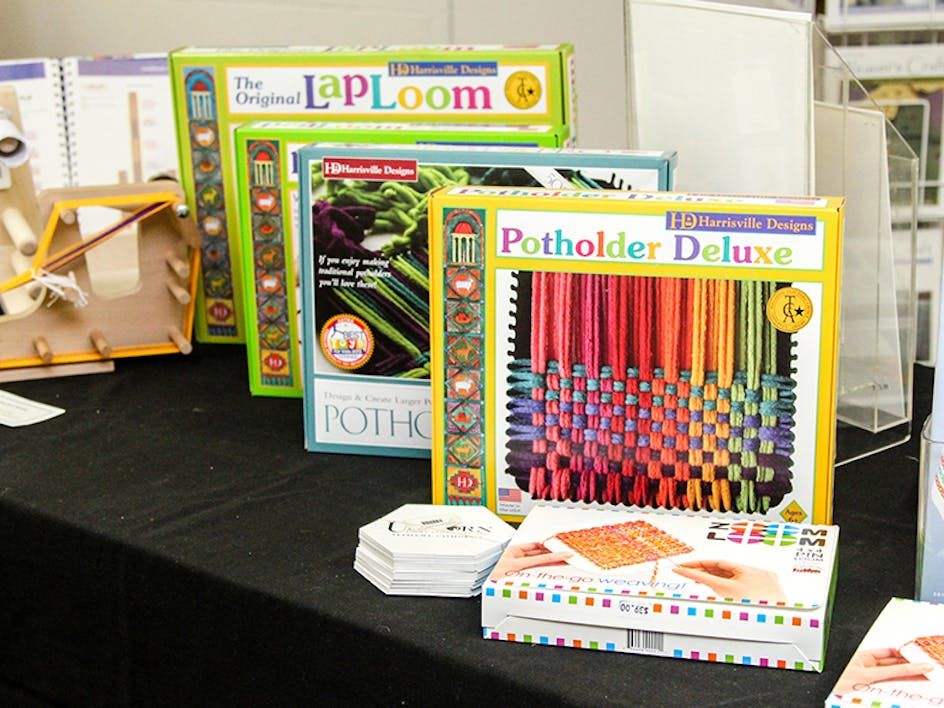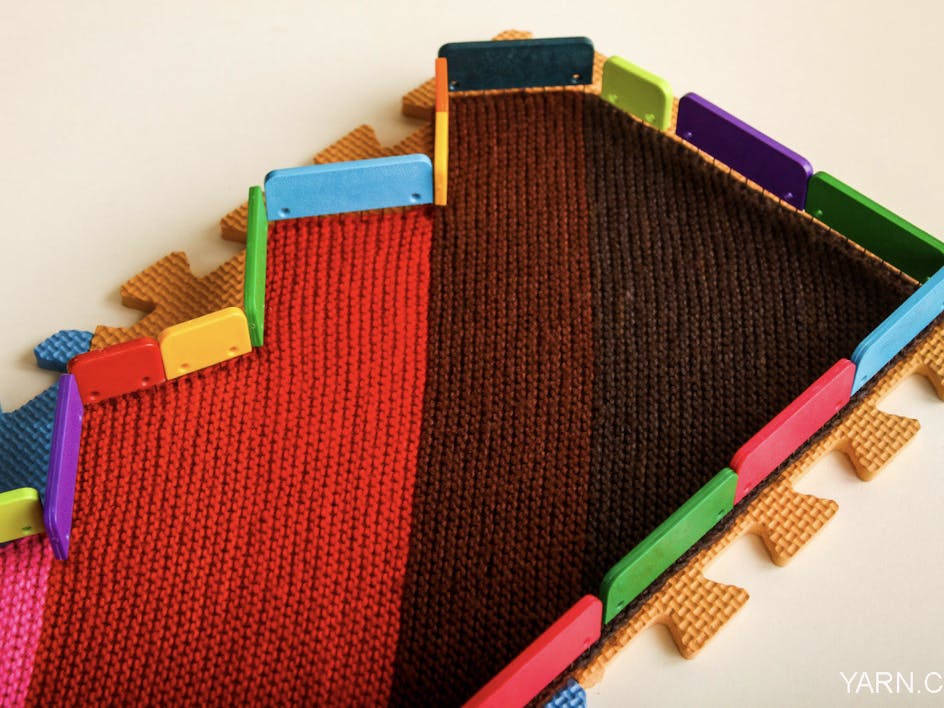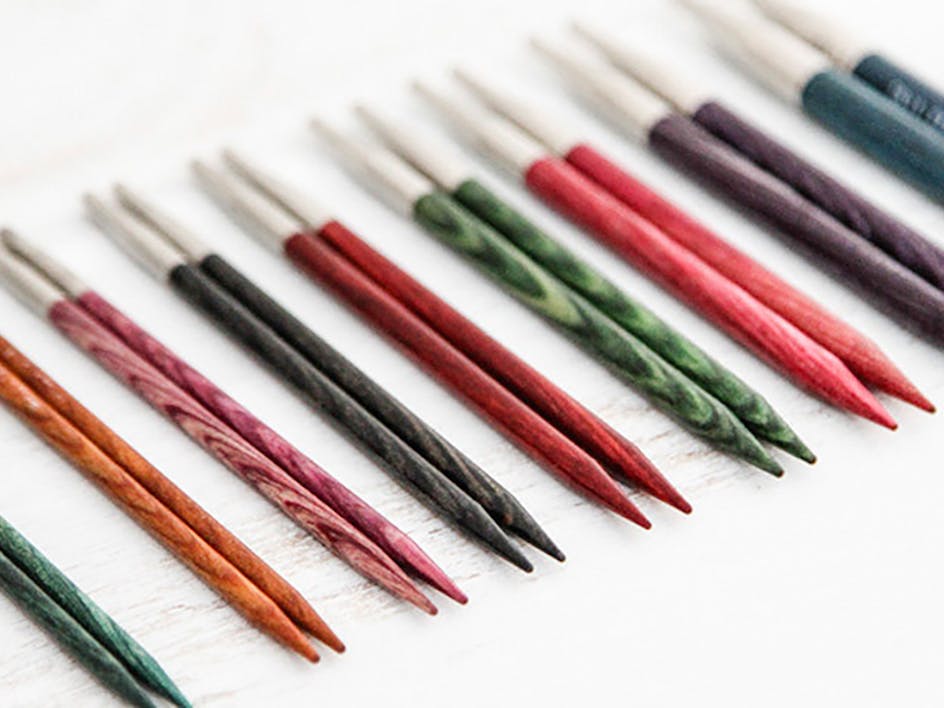Temperature Blanket Project Guide
Published on August 25, 2023 7 min read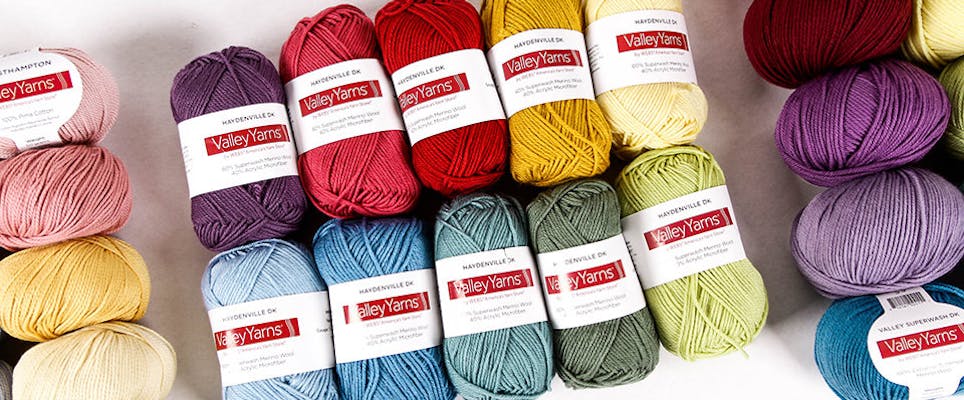
Excited to start a Temperature Blanket project? Find inspiration, yarn, special starter sets, and more at WEBS - America's Yarn Store!
What are temperature blankets?
Temperature Blankets are projects that use different colors to represent the temperatures of each day of the year. There is a lot of variation in how people carry out their project, but the roots can be traced back to the Tempestry project which used color and textiles to demonstrate changes in climates over decades. Many people choose to track the high temperature of each day, but other options include the average temperature of the day, the low temperature, or even both the high and low temperature.
General Project Q&A
Is there a pattern for the temperature blanket?
There isn’t one pattern or way to make your blanket. There are many, many variations to be found online and part of the fun of this project is being able to tailor it to what you would enjoy working on throughout the year. We've collected some possible pattern options and resources here to help give you a jumping off point.
This resource also has a few recipe-style patterns that work well for temperature blankets in both knit and crochet, and can also serve as great jumping off points for additional ideas.
Do I have to start on January 1st?
Nope! While many crafters choose to make their blanket as the year progresses, there are many different strategies that might work for you.
Is there a specific year you’d like to make a keepsake for, like a birth year, first year of marriage, or a milestone year in your life?
Or is there a special place like your hometown, or a significant vacation spot or place you hope to travel to one day? There is a huge number of variations to choose from if working along with this year’s temperatures isn’t what you decide.
If you start mid-year and want to catalog this year for example, there are some great resources online that have historical climate data that reaches back decades and across the world to help you. These sites are also helpful in giving you an idea of what kind of temperature range it makes sense to use for your project (and that may determine what degree range each color represents in your blanket). Wunderground and US Climate Data are both helpful temperature resources.
What if I fall behind?
Life happens, and it's reasonable to assume that something (or several somethings) might come up throughout the year that sideline your temperature blanket project. One thing that's helpful is to continue marking down the temperature so that you can pick up where you left off when you come back to your blanket. A tracker or spread in your planner might be just the ticket to both keep track of temperatures and watch your progress unfold.
How do I know how much yarn I need?
That's a great question. Unfortunately, the answer is 'it depends'. Every area has a different range of temperatures as well as different frequencies for the temperatures within that range. Looking at past years' data will give you a good general idea of which temperatures are likely to pop up in your blanket the most, and that can be helpful in estimating which yarns you will need more of.
A great way to start is to buy one ball or skein of each color that you plan to use in your blanket and add additional yarn as you go.
If you want to get very specific, you can weigh a ball of yarn (using a scale that can display weight in grams is helpful for accuracy) before you work a row, round, or motif and after. That will give you the number of grams per day that you will need, specific to your yarn, gauge, and project. If your row used 7 grams of yarn, you could expect to use about 2,555 grams in the blanket (7 x 365= 2,555). Once you have that number, you can use the data from past years to get an idea of what percentage of days tend to fall in each range. Most yarns come in 50 or 100 gram balls, so you can use that to estimate both how many balls you might need and how many rows/days you can expect to get per ball. A good rule of thumb is to add approximately 10% to the yarn total you calculate to account for any gauge variations that might affect your yardage.
How do I choose colors and how do I assign them to temperatures?
Color choices are extremely individual, and being able to customize your color palette to your preferences is a great perk of this project! The original temperature projects used a full rainbow spectrum as the palette, and that remains a popular choice for many people today. If that color scheme doesn't coordinate with the room you plan to have the blanket in or the recipient's preferences, feel free to change it up!
You can absolutely make your entire blanket out of soothing neutrals, eye-popping fluorescents, and everything in between. Chances are that if your colors work well together as a group, they will look good mixed and matched in your blanket also. Anything from classic ROYGBIV order, warm autumnal shades, beachy blue-green-tans, or just your favorite colors are all possibilities. We've created some palettes in our Temperature Blanket Starter Sets below for easy grab and go choices.
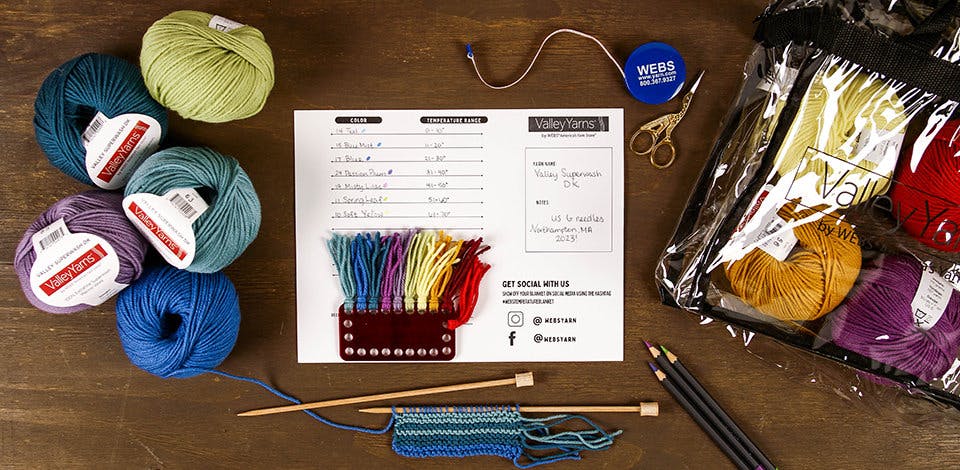
As for how to choose which colors should correspond to which temperatures, that's also a spot perfect for customization. Every place has a unique temperature range, so your blanket might have a very different breakdown than one made for a different are. The bigger the temperature range, the bigger the temperature spread will be for each color.
If it's not uncommon for the lowest winter temps to be 100 degrees cooler than the hottest summer ones in your area, maybe 10 degree ranges are perfect. More temperate climates might only see a 60 or 70 degree range and choose smaller ranges of 6-7 degrees. There are no hard and fast rules, but once you've chosen your color assignments you'll want to stick with it for consistency's sake.
Planning Your Project
There are a LOT of different patterns that seem like they could work. How can I choose?
While options can be great, they can also be overwhelming! Sometimes a few clarifying questions can help you narrow down the options into a more manageable number.

Things to consider:
- Will you be knitting or crocheting your blanket?
- Do you like the look of striped projects or does something broken up into repeating shapes have more appeal?
- Are you a team seamless crafter who prefers to work everything in one piece or do you like working on smaller sections that are sewn together later?
- What size would you like your finished blanket to be?
- Does the idea of working simple garter stitch or single crochet rows each day sound soothing and meditative or repetitive and boring?
We have compiled some possible pattern options here, and there are also a huge number of recipes, patterns, and inspiration to be found through running a few internet searches. Find a project that sparks some crafting joy and get ready to get started!
Favorite Sets and Yarns for Temperature Blankets
Valley Yarns Temperature Blanket Starter Set in Valley Superwash DK
Valley Yarns Temperature Blanket Starter Set in Westhampton
Valley Yarns Temperature Blanket Starter Set in Haydenville DK


